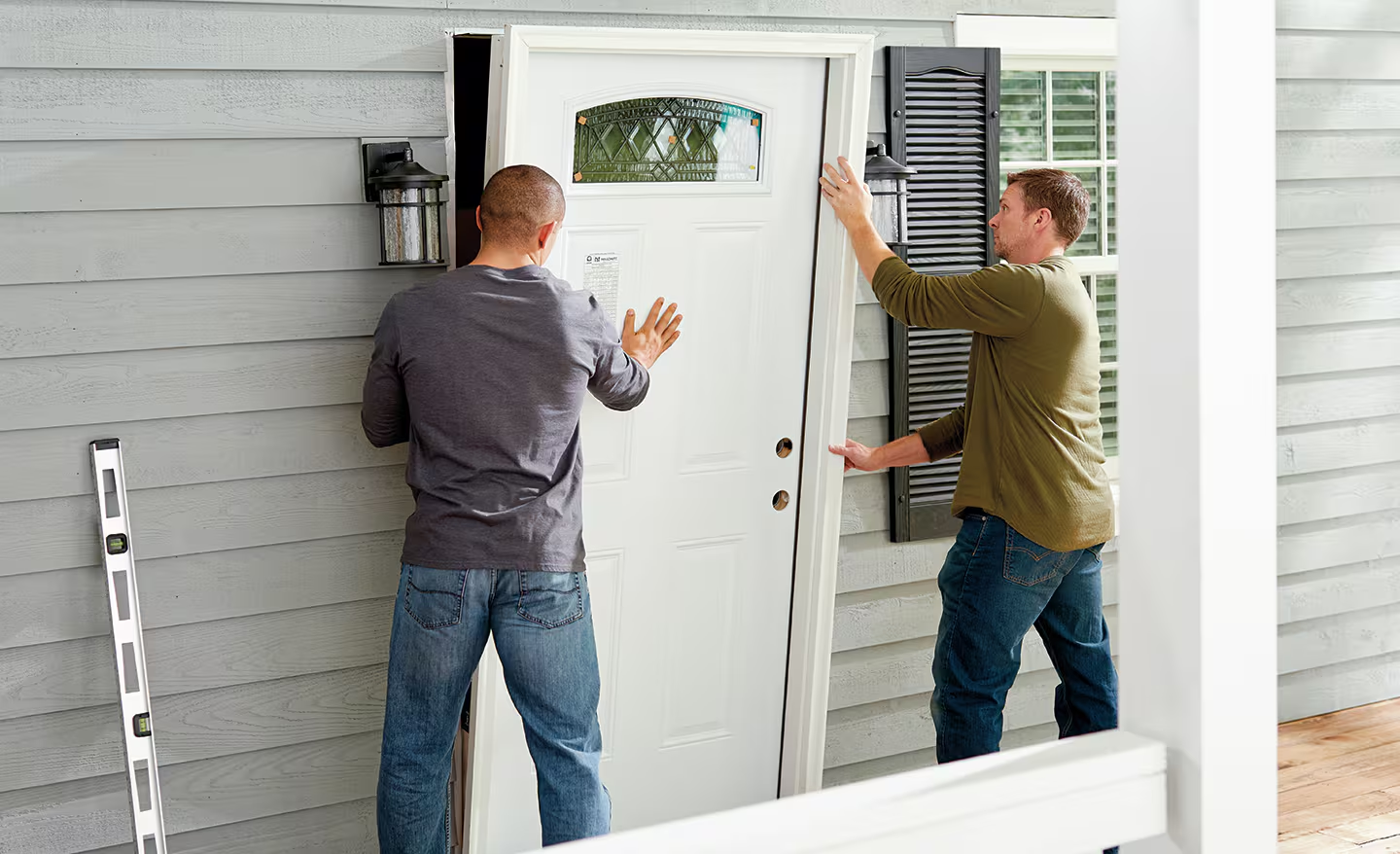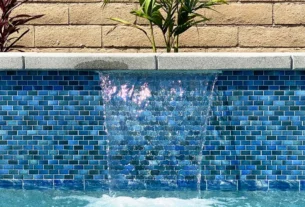Installing a cat flap can revolutionise your feline’s life, granting them the freedom to come and go as they please while keeping unwanted critters out. However, the process of installation can be daunting. Fear not! In this guide, we’ll walk you through everything you need to know to install a cat flap in any door or wall seamlessly. From choosing the right location to troubleshooting common issues, your cat will enjoy their newfound independence in no time.
Choosing the Right Cat Flap
Before installing, it is crucial to select the right cat flap for your furry friend and your home. Consider factors such as size, durability, and security features. Opt for a flap that comfortably accommodates your cat’s size and is constructed from sturdy materials to withstand the elements. Additionally, look for models with locking mechanisms to prevent unwanted intruders from accessing your home.
Preparing the Door or Wall
Proper preparation is critical to a successful cat flap installation. Ensure the doors are level and centred, and measure and mark their intended position. Use a jigsaw or hole saw to cut the opening, following the manufacturer’s instructions. For walls, locate the studs using a stud finder to ensure stability. Use a reciprocating saw or rotary tool to cut through the drywall, avoiding electrical or plumbing lines. Once the opening is cut, sand down any rough edges to prevent injury to your cat.
Selecting the Ideal Location
Once you’ve chosen the perfect cat flap, the next step is determining the ideal location for installation. Consider your cat’s habits and preferences. Install the flap in a low-traffic area where your cat feels safe and comfortable. Avoid placing it near noisy appliances or areas frequented by predators. For doors, ensure enough space between the flap and the ground for easy access, and for walls, consider any obstructions such as wiring or pipes.
Installing the Cat Flap
With the opening prepared, it’s time to install the cat flap. Follow the manufacturer’s instructions carefully, ensuring a secure and watertight fit. For doors, attach the frame using screws provided, making sure it’s flush with the surface. For walls, use anchors or screws to secure the frame to the studs, ensuring stability. Once the frame is in place, insert and test the flap to ensure smooth operation. Make any necessary adjustments to the fit or alignment before sealing any gaps with silicone caulk to prevent drafts.
Troubleshooting Common Issues
Even with careful planning and execution, issues may arise during or after installation. Common problems include misalignment, difficulty with the locking mechanism, or drafts. If the flap doesn’t close properly, check for obstructions or frame misalignment. Adjust as needed to ensure smooth operation. If the locking mechanism is problematic, inspect for debris or damage and lubricate the components if necessary. For drafts, use weather stripping or insulation around the frame to create a tight seal, keeping your home energy-efficient and your cat comfortable.
Training Your Cat to Use the Flap
Once the cat flap is installed, it’s essential to train your cat to use it effectively. Start by propping the flap open and encouraging your cat to investigate. Use treats or toys to entice them through the opening, praising and rewarding them for their efforts. Gradually lower the flap, allowing your cat to become accustomed to pushing it open. Be patient and consistent, and avoid forcing your cat through the flap, as this can create fear or anxiety. With time and positive reinforcement, your cat will confidently come and go as they please.
Maintenance and Upkeep
Once your cat flap installation is complete and your feline friend happily uses it, staying on top of maintenance is essential to ensure its longevity and functionality. Regularly inspect the flap for signs of wear and tear, such as cracks or loose screws, and replace any damaged components promptly. Clean the flap regularly to remove dirt, debris, and any potential blockages that could impede its operation. Lubricate hinges and moving parts as needed to keep them operating smoothly. By incorporating maintenance into your routine, you can extend your cat flap’s life and continue providing your cat with hassle-free access to the outdoors.
Considerations for Multi-Pet Homes
If you have multiple pets, particularly those of varying sizes, it’s essential to consider their needs when installing a cat flap. Opt for a flap that comfortably accommodates your most enormous pet, ensuring they can enter and exit quickly. Some cat flaps come with adjustable settings or additional collar keys to restrict access to certain pets while allowing others through. Take the time to introduce each pet to the flap individually, providing positive reinforcement and encouragement to use it. With careful consideration and training, you can successfully integrate a cat flap into a multi-pet household, providing each animal the desired freedom.
Conclusion
Installing a cat flap doesn’t have to be a daunting task. By following these top tips, you can ensure a seamless installation process and provide your feline friend the freedom and security they deserve. Every step is essential to success, from choosing the right flap to selecting the ideal location and adequately preparing the door or wall. With patience and attention to detail, your cat will quickly enjoy their new access point.




